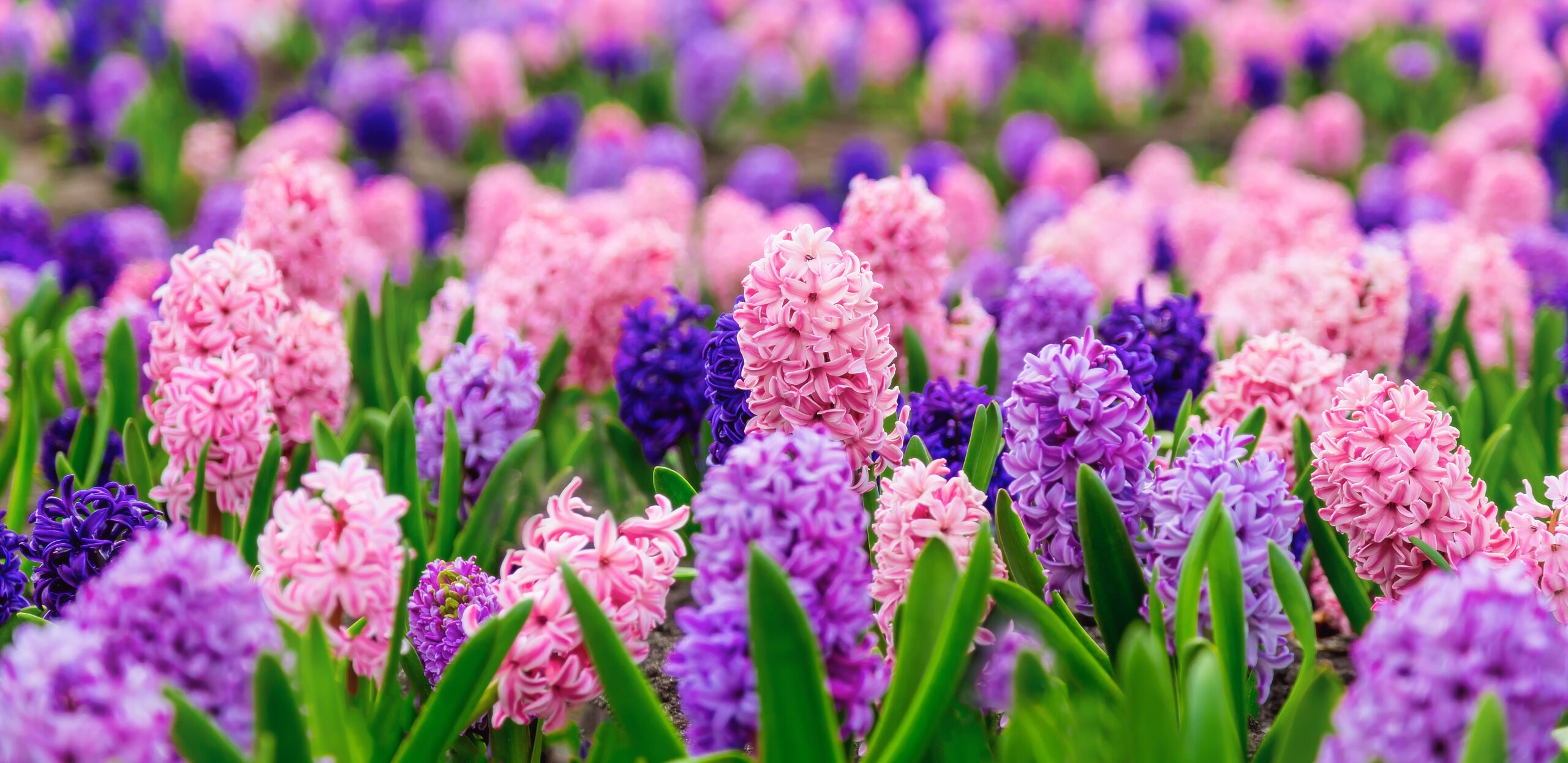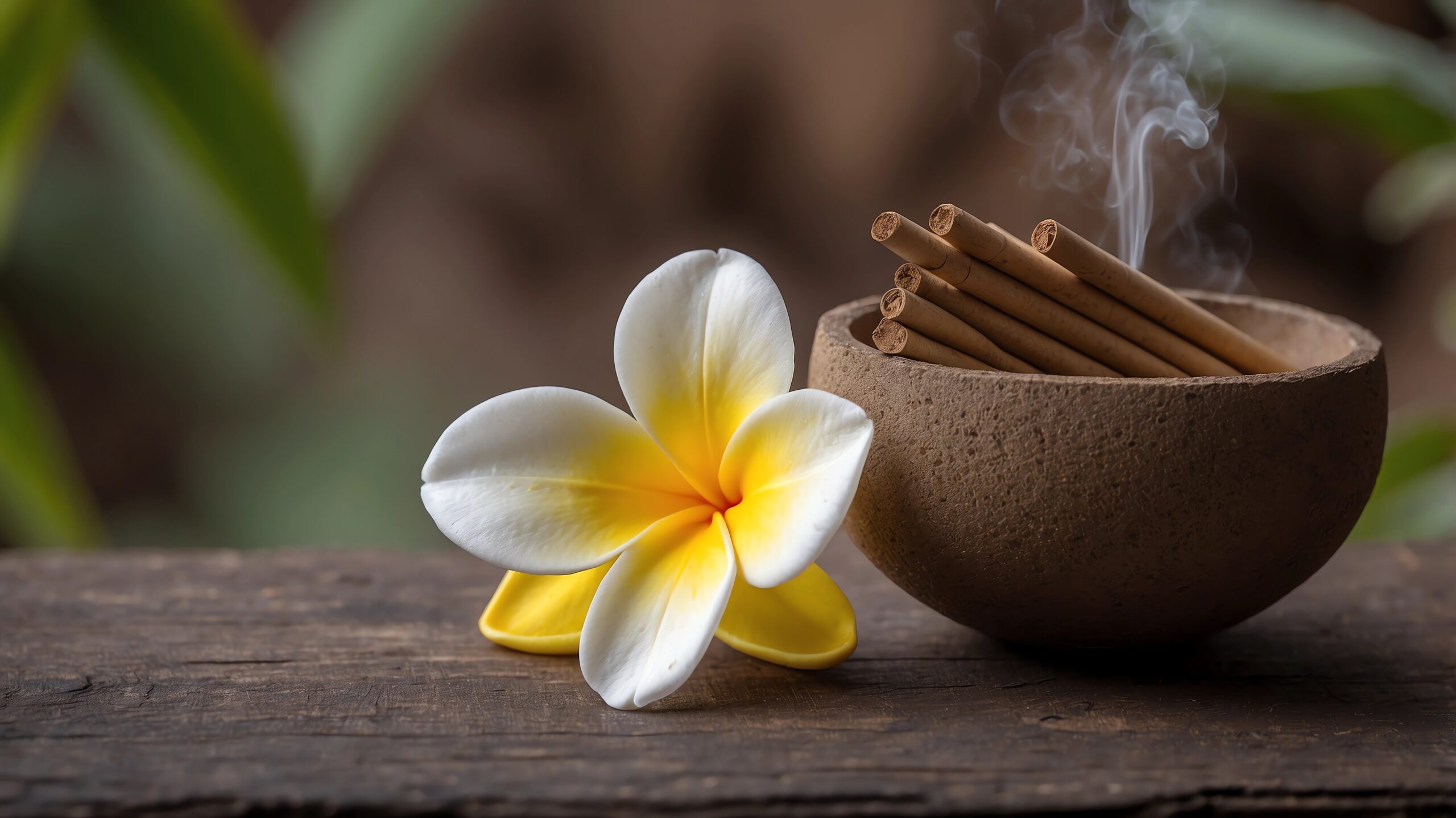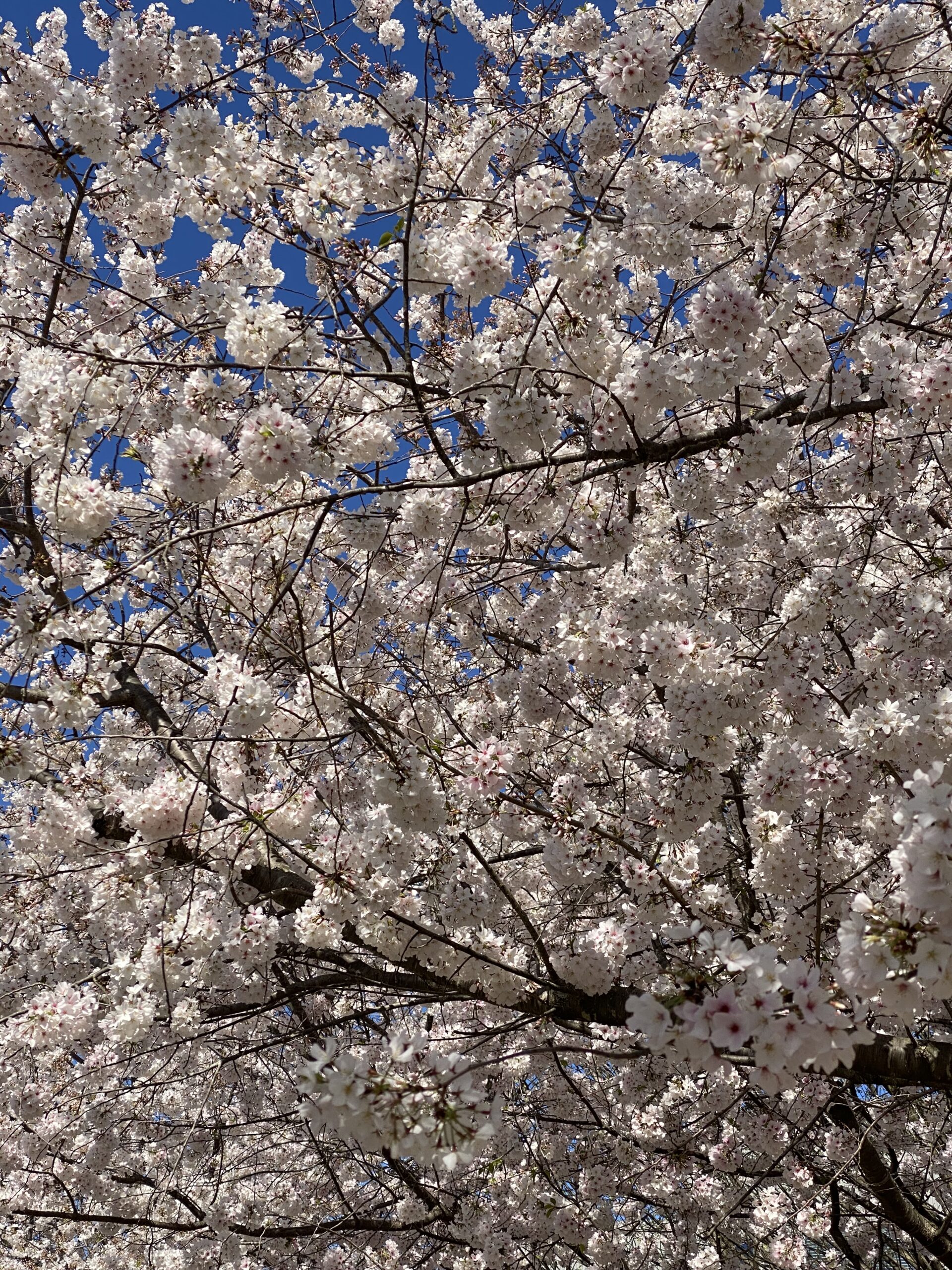Katie Steedly’s first-person piece [The Unspeakable Gift] is a riveting retelling of her participation in a National Institutes of Health study that aided her quest to come to grips with her life of living with a rare genetic disorder. Her writing is superb.
In recognition of receiving the Dateline Award for the Washingtonian Magazine essay, The Unspeakable Gift.
Enter your email here to receive Weekly Wide-Awake
What Is Holy?
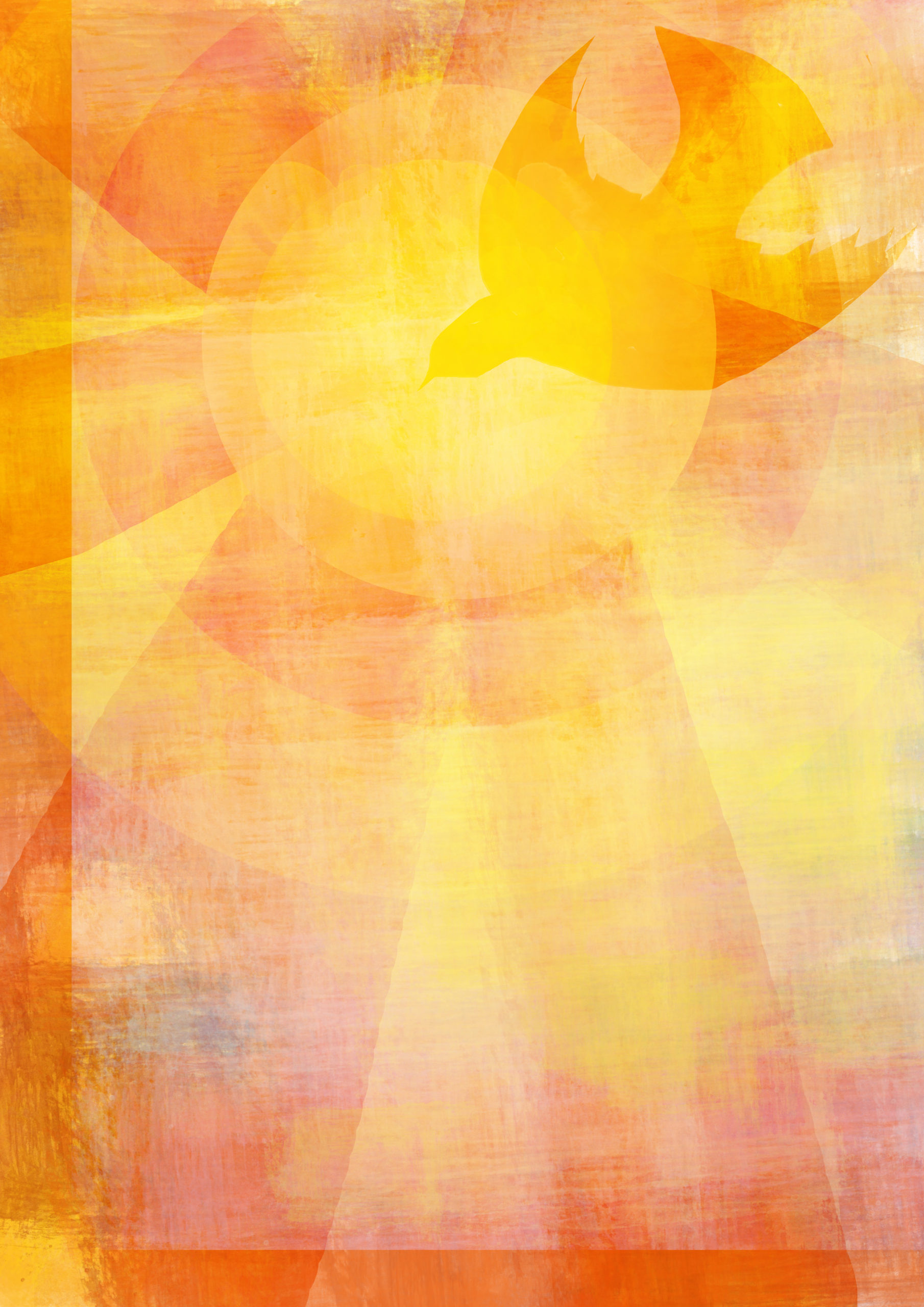
On my way to work, I used to pass an old stone church that became an elementary school. A beautiful garden surrounded the school entrance. I often stopped and took pictures of the flowers in the garden: peonies, irises, roses, pansies, and marigolds. The garden reflected the change of the seasons. I knew the rhythm of this scene. One random day, I noticed a rock that I had never seen. A question was written on the rock: “What is Holy?”
The question stopped me in my tracks.
How many times had I passed it and never noticed? Why did I see it this morning? Do the children ever read it and wonder? These questions filled my mind as I stood before the rock. I took a picture of the rock and posed the question on Facebook, hoping to spark a discussion. A few Facebook comments immediately offered a response. My high school religion teacher suggested that everything might be holy. (Interesting thought. I did not have time to respond. I had to go to work. I had to observe children playing on a playground around the corner from the church as part of a research project on which I was working, so the question hovered.
There was something beautiful and perfect about the timing of the question.
I switched into program evaluator mode and prepared to note how three- to five-year-old children interacted with each other on a nature-based playground. I had gotten to know the children over the many weeks we had spent on the playground. We watched the seasons change together. At first, they were curious about what I was doing, but they soon became too busy for my evaluator’s gaze and paid no attention to the person with the notepad and video camera. I quickly learned the harsh truth that playground interviews were not the way to learn about the meaning children were making from the playground experience. I kept doing interviews, but field notes that captured my observations added to the story. I would quickly write down what I saw on the playground amidst the controlled chaos. I documented the children’s experiences in the hope that we might better understand the impact of play on informal science learning.
I thought about the holy rock as I recorded field notes.
I was doing my job, and my job felt big. Holy feels big. I took notes and moved systematically around the playground to ensure I got everything. There was something important to my actions and the actions of the children. Intentional does not capture it. Focused falls short. Maybe reverence comes close to what I was feeling. I sincerely appreciated every moment of witnessing children building sand castles on an imaginary beach, pretending to be puppies, singing songs to one another at the top of their lungs in the middle of a tunnel to hear the echo, or climbing to the top of the tree house to escape tigers.
Holy is everywhere on the playground.
Unbridled laughter. Belly-shaking tears. Earnest secrets. Hide-and-seek corners. Playground sounds profess profound intensity that speaks of happiness perched on its tiptoes, watching the world in amazement. Joy lives on the playground as friends dance. Sadness and anger hang as friends disagree. Peace emerges as enemies forgive. There is wonder as superheroes fly and fallen leaves crack and crinkle. Pumpkin centers bust and seeds ooze through fingers. Logs become fortresses, houses, or spaceships. Seeing, touching, tasting, and hearing are holy. Imaginations are holy. Presence is holy. Creating is holy. I thought I was studying children and informal science; instead, I was learning about the holy in my world.
About Katie
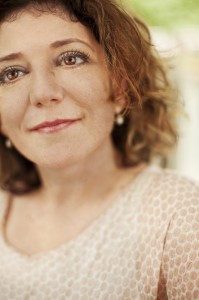
From Louisville. Live in Atlanta. Curious by nature. Researcher by education. Writer by practice. Grateful heart by desire.
Buy the Book!
The Stage Is On Fire, a memoir about hope and change, reasons for voyaging, and dreams burning down can be purchased on Amazon.

